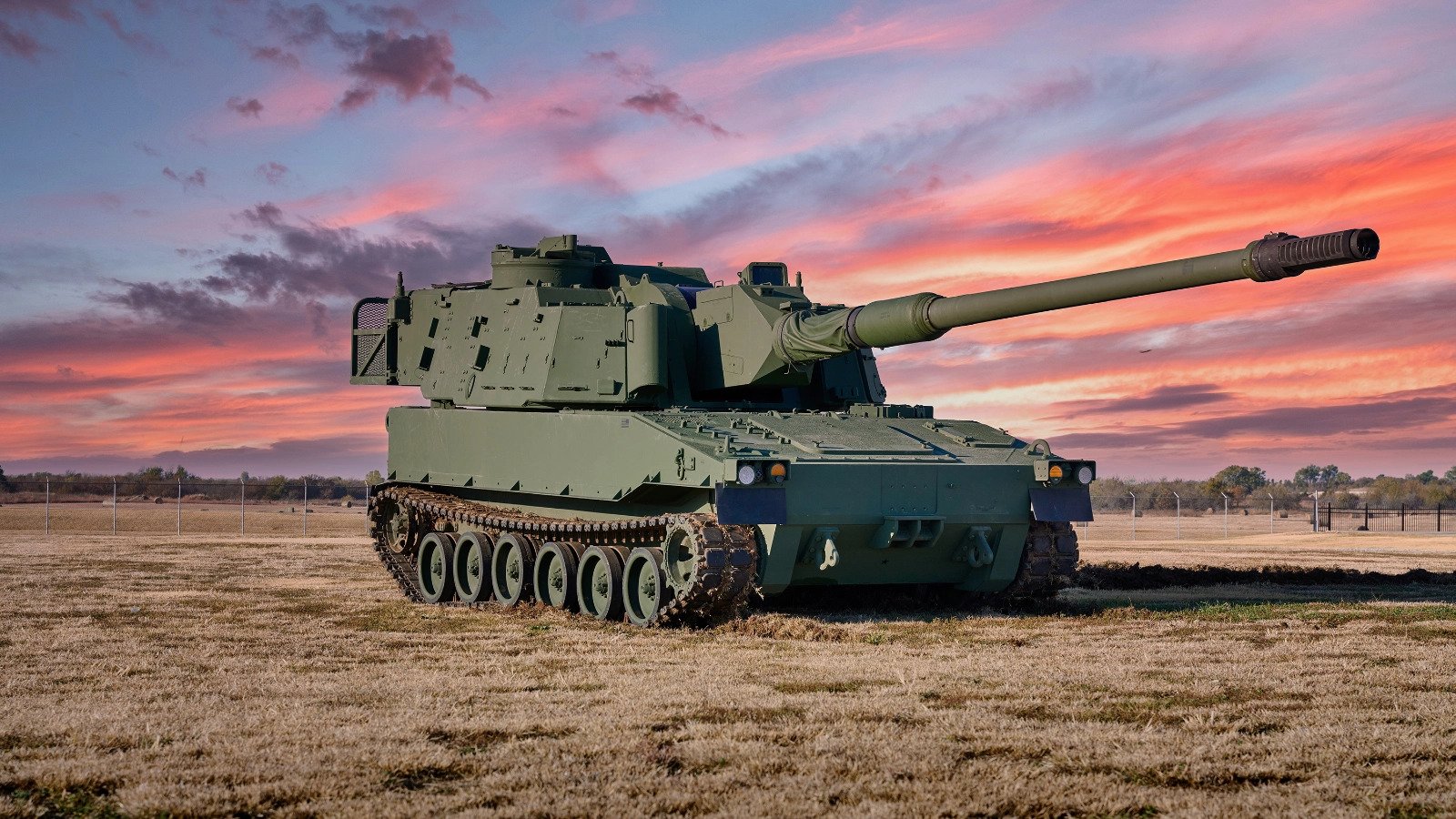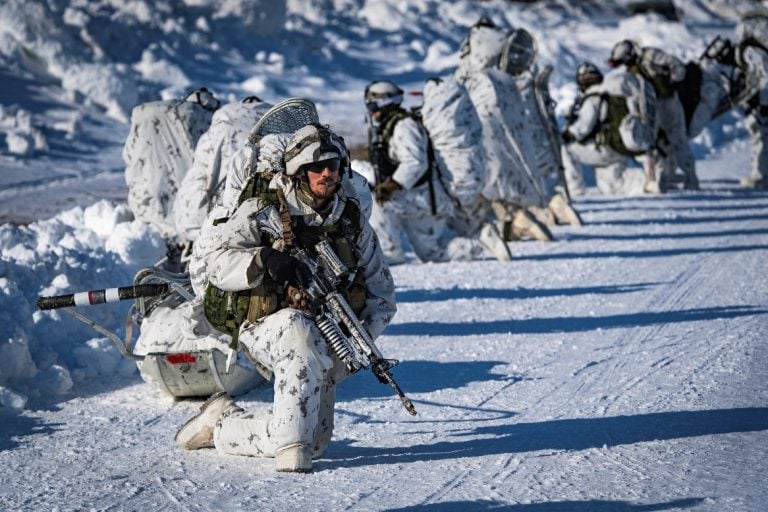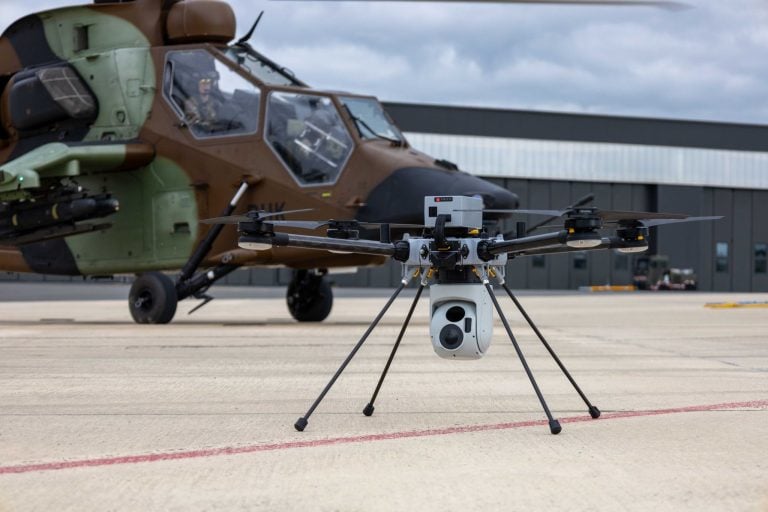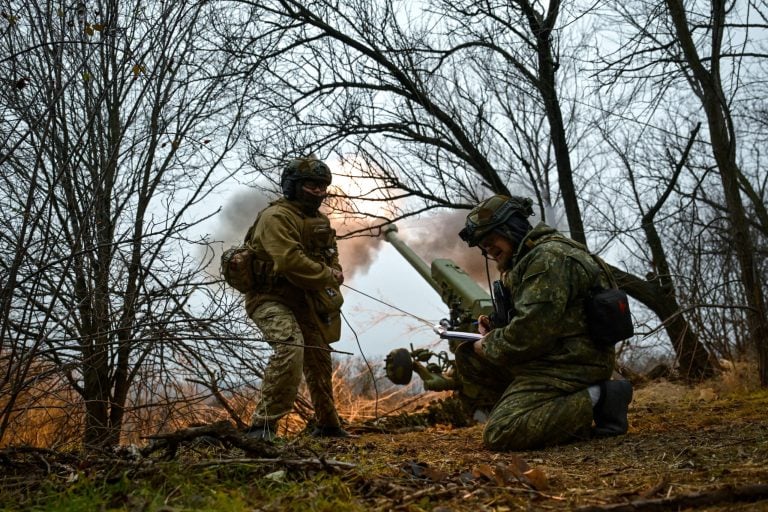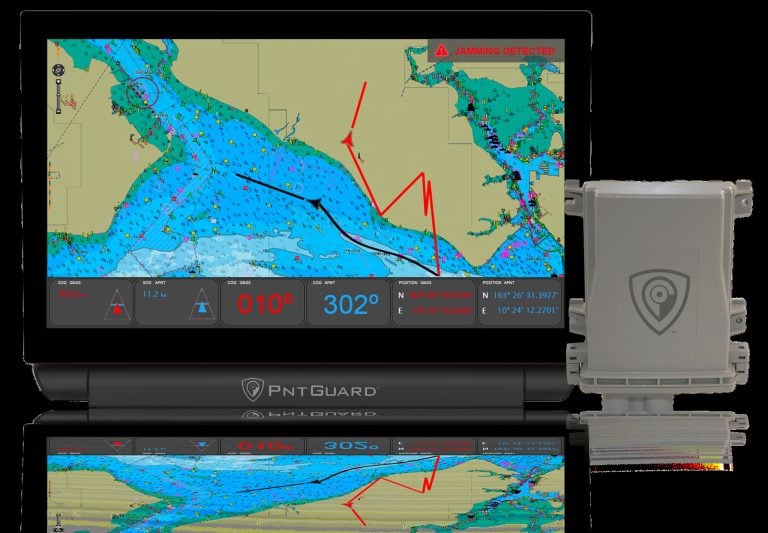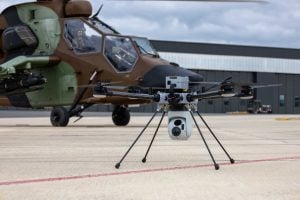BAE Systems has formalized a research and development agreement with the US Army to advance the 52-caliber variant of the M109 self-propelled howitzer prototype. This partnership is established under the Cooperative Research and Development Agreement with the US Army Combat Capabilities Development Command Armaments Center (DEVCOM-AC), aiming to fast-track the development of this artillery system.
The M109-52 serves as an upgrade over the existing 39-caliber M109A7 platform, integrating the Rheinmetall L52 155mm cannon. This advanced platform is viewed as a crucial component in meeting the US Army’s evolving long-range precision fires requirements, particularly following the cancellation of the Extended Range Cannon Artillery program. The previous program, which developed a 58-caliber barrel, faced termination due to issues related to high barrel wear.
In contrast to the options currently being evaluated for the Army’s long-range artillery needs, including the RCH 155, Archer, Sigma, and K9 systems, BAE Systems is promoting the M109-52 as a low-risk, more affordable alternative. Dan Furber, the artillery product line director for BAE Systems’ Combat Mission Systems, emphasized the company’s commitment to modernizing the Army’s long-range artillery capabilities. “We’re working with DEVCOM-AC to continue modernizing the US Army’s long-range precision fires needs. We’re bringing together battle-proven systems with mature technologies to secure a significant leap forward in capability at a much lower cost – that’s the power in partnership,” Furber stated.
The L52 cannon is anticipated to significantly increase the range of the M109-52, projecting capabilities from 24 kilometers (15 miles) to 30 kilometers (18.6 miles) with standard high-explosive shells. Furthermore, with the use of rocket-assisted or base bleed rounds, the range could potentially exceed 60 kilometers (37 miles), more than doubling the distance.
Designed with a reconfigured turret from the M109A7, the M109-52 retains critical mechanical and electronic systems for reliability and ease of use. Additionally, it shares its chassis with the M109A7, a design that is also utilized by the Bradley infantry fighting vehicle and its successor, the Armored Multi-Purpose Vehicle. This commonality in components aims to simplify logistics and training for military personnel, thereby enhancing overall operational efficiency.
